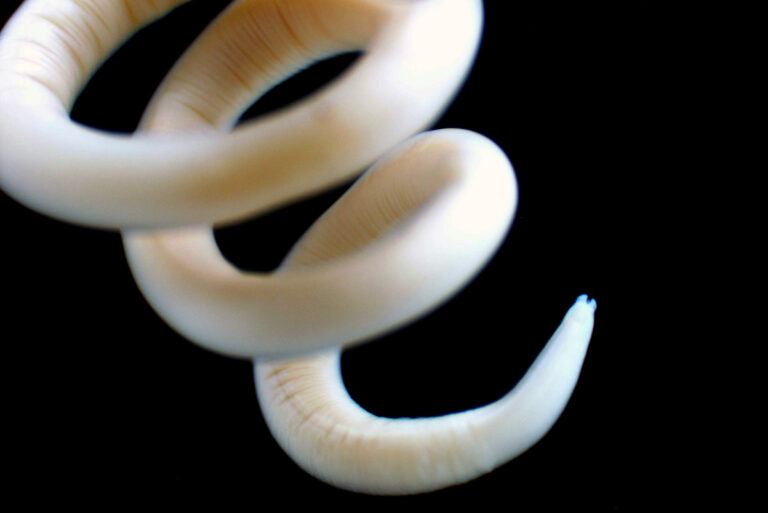Toxocara canis

Canids
Toxocara canis, also known as the dog roundworm, is a parasitic nematode species that is widely distributed in the gastrointestinal tract of primarily young dogs worldwide (Schnieder, Laabs & Welz 2011). Some invertebrates such as earthworms, but primarily other vertebrates such as rodents or birds, as well as humans, serve as intermediate hosts in the life cycle of the roundworm. The transmission occurs mainly through eggs present in the feces, from which the larvae develop in the intermediate host (Wu & Bowman 2020).
Human pathogenicity: Humans can serve as intermediate hosts in the parasite’s life cycle. Infection with larval stages of Toxocara canis can cause visceral and ocular larva migrans, also known as toxocariasis (Schnieder, Laabs & Welz 2011).
-
Lucius R et al. (2018)Biologie von Parasiten. Berlin, Heidelberg : Springer Berlin Heidelberg.
-
Literák I et al. (2006)Mesocestoides litteratus (Batsch, 1786) (Cestoda: Cyclophyllidea: Mesocestoididae) from the red fox: Morphological and 18S rDNA characterization of European isolates. In : Helminthologia, vol. 43, n° 4, p. 191–195.